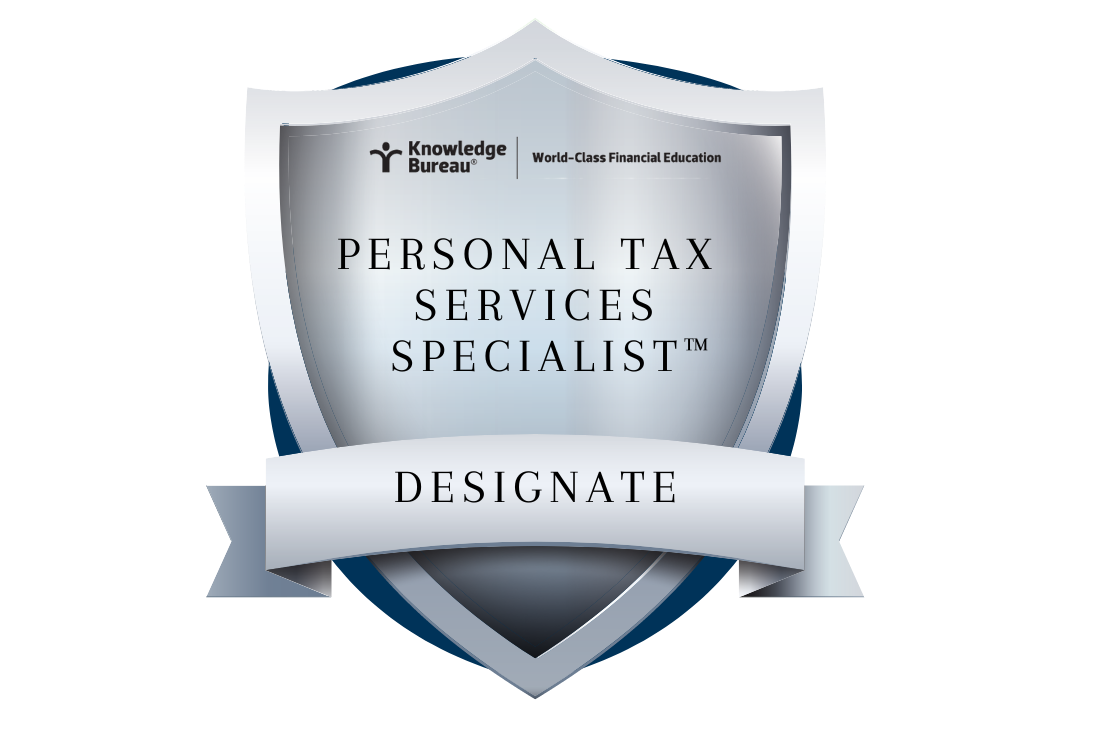Tax Literacy Tip: Meet March 1 RRSP Deadline – Increase Cash Flow

Same neighborhood, similar income, less cash flow? The secret in the financial sauce could well be an RRSP strategy. With the deadline only weeks away (March 1, 2023), it’s time to buck trends to forego the RRSP contribution and consult with your financial advisor now to exponentially increase both income and wealth.
Buck the Trends. A year ago an Edward Jones[1] study found over 50% of respondents would not contribute to an RRSP – over half because they couldn’t afford to. Others were prioritizing TFSAs, non-registered investments and real estate over the RRSP. But can you afford to miss the RRSP? If your household qualifies for non-refundable or refundable tax credits, the answer is likely no.
Help Yourself to the Top Three Benefit. There are three tax savvy reasons to maximize your RRSP:
- Reduce taxes payable. According to the Canada Revenue Agency (CRA) the average tax refund last year was $2092. That’s the first reason to make an RRSP contribution - get a bigger tax refund – because your investment results in a deduction which reduces taxes payable. That deduction is worth more as your income rises. A disciplined investor will take that tax refund and contribute it to another tax-advantaged account: a Tax Free Savings Account (TFSA) or the new FHSA (First Home Savings Account), which becomes available April 1.
It’s also important for students with part-time income to make an RRSP contribution. By reducing income below the basic personal amount, it’s possible to transfer tuition tax credits to supporting individuals who are footing the bill. But filing a tax return to report prior year earnings – even babysitting, lawn care, and barista earnings – will help to build the unused RRSP room.
- Reduce net income. If net family income is in or near a benefits “clawback” zone, an RRSP will help you get more Canada Child Benefits (CCB), Canada Worker’s Benefits (CWB), GST/HST Credits, the Canada Dental Benefit (CDB) and in some cases provincial credits, too. Seniors under the age of 72 may be able to avoid an Old Age Security (OAS) reduction. Further, high earners receiving Employment Insurance (EI) could avoid repaying up to 30% of their benefits by reducing their net income below the repayment threshold. The clawback zones appear below for the 2023 benefit year.
|
Tax Benefit
|
Maximum Benefit
|
Reduced When Net Income is above
|
|
Canada Child Benefit
|
$7437 ($619.75/month)
|
$34,864
|
|
Canada Worker’s Benefit
|
$1428 Singles
$2461 Family
|
$23,495
$26,805
|
|
GST/HST Credit
|
$325 Adult
$171 Child or Single supplement
|
$42,335
|
|
Canada Dental Benefit
|
$650 per child
|
$70,000
|
|
EI Benefits
|
Up to 55% of earnings max $650 a week
|
$76,875
|
|
Old Age Security – maximum monthly amount first quarter 2023
|
$687.56 age 65 but under 75
$756.32 if 75 or older*
$935.08 if deferred to age 70
|
$86,912
|
-
Earn tax deferred income. Future withdrawals of both earnings and principal must be added to income (remember you get a deduction for the contribution so it was invested on a pre-tax basis). However, the tax deferral along the way does allow faster growth than investments in a non-registered account. Plus there are a couple of opportunities for tax deferred withdrawals for specific needs:
-
Lifelong Learning Plan (repay in equal increments within 10 years to avoid paying tax)
-
Home Buyer Plan (repay in equal increments within 15 years to avoid paying tax)
individuals over 75 don’t qualify to make an RRSP contribution but could possibly make a Spousal RRSP contribution for a spouse under age 72.
Limitations - Know the Numbers. Maximize your RRSP opportunities around these restrictions and opportunities.
- Overcontributions and Excess Contributions. As long as you are over 18, you can contribute $2000 more than your RRSP limit. Excess contributions abov
 e this, however, do attract a penalty of 1% per month. Also, be sure you do have an opportunity to deduct the excess before you reach your age limitation. The T1-OVP Form is also nasty – it’s so complicated your accountant will charge a pretty penny to do it. Avoid this by withdrawing the excess amounts before the end of the month in which the excess was made.
e this, however, do attract a penalty of 1% per month. Also, be sure you do have an opportunity to deduct the excess before you reach your age limitation. The T1-OVP Form is also nasty – it’s so complicated your accountant will charge a pretty penny to do it. Avoid this by withdrawing the excess amounts before the end of the month in which the excess was made.
- Carry Forward of Undeducted RRSP Contributions. You don’t have to take the RRSP deduction this year if it’s not in your favour (example, net income this year will be under clawback thresholds, or next year will be much higher). Undeducted contributions can be carried forward indefinitely to get a better tax result in the future.
- Age limitation. Provided you have unused RRSP contribution room, there is no lower age limit for making an RRSP contribution. (Remember, file a return for teenagers who babysit or make money shovelling snow to start accumulating RRSP room!) But there is an upper age limit: you have to stop making contributions by the end of the year in which you turn 71. Good news: if you still have RRSP contribution room and you have a younger spouse, you can make spousal RRSP contributions and take the deduction on your return.
- Plan for Earned Income. Making the qualifying earned income to create unused RRSP contribution room is the first step to maximizing an RRSP. Note that remunerating with on only dividends from a small business corporation won’t cut it. What qualifies as earned income, and how does it impact what you can contribute? That’s the subject of our next tax literacy tip.
Bottom line: Contributing to an RRSP will provide immediate tax relief, increase monthly income from lucrative tax benefits and provide funding opportunities for home ownership, lifelong learning and, of course, retirement. Make the contribution by March 1, 2023, but beware – if you borrow to contribute, interest costs will not be deductible.
Additional Educational Resources: DFA- Personal Tax Services Specialist Program™. Learn to earn and help people in your community as a highly qualified personal tax specialist. Check it out today.
Evelyn Jacks is Founder and President of Knowledge Bureau, holds the RWM™, MFA ™, MFA-P™ and DFA-Tax Services Specialist designations and is the best-selling author of 55 books on tax filing, planning and family wealth management. Follow her on twitter @evelynjacks.
©Knowledge Bureau, Inc. All rights Reserved